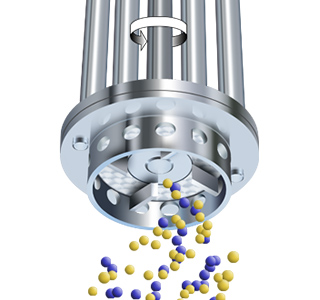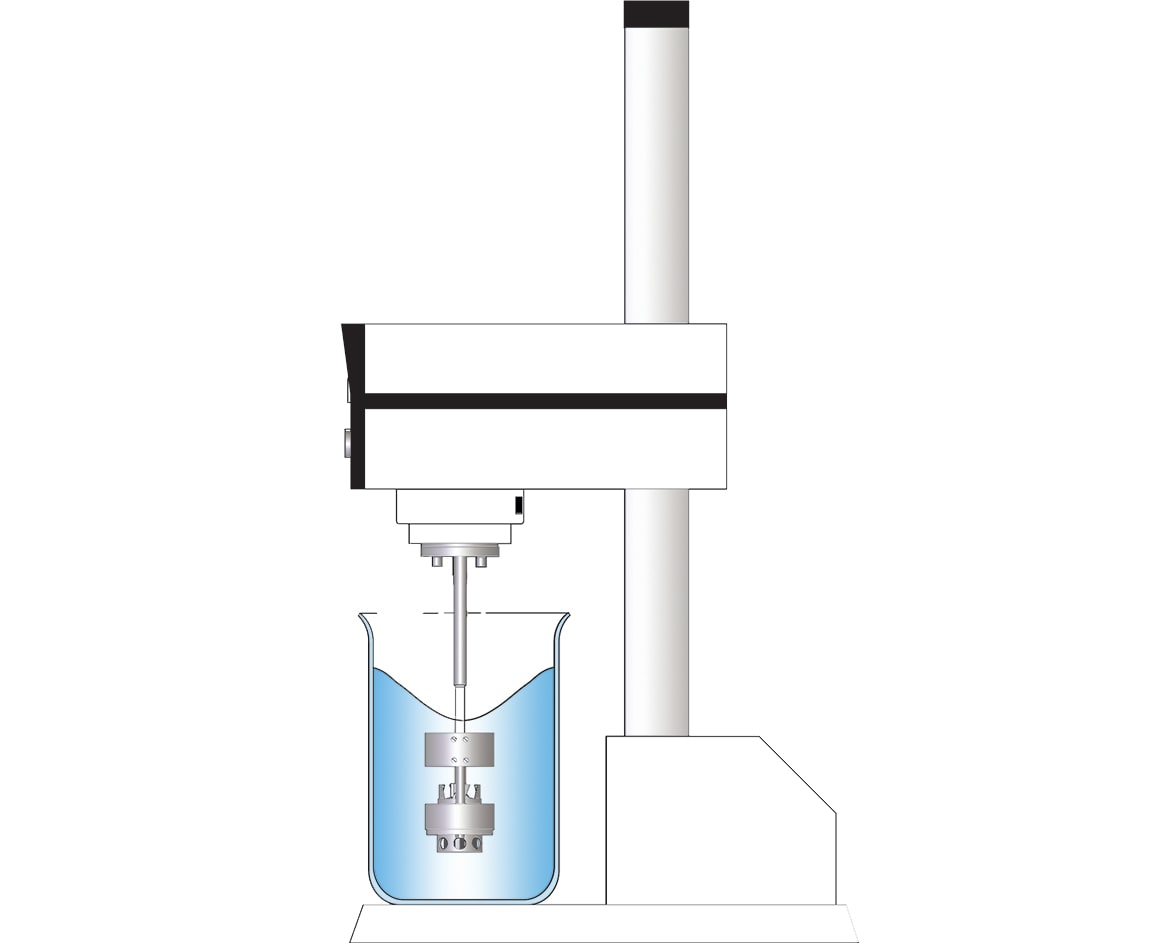Preparation of Samples for Aflatoxin Testing
Aflatoxins are produced by various types of moulds which can grow on foodstuffs such as pistachio nuts, peanuts, cereals, dried fruits, etc. Much of the information in this report can also be applied to testing for other mycotoxins and ochratoxins.
Permitted levels of these toxins are very low - typically 5 ppb or less. Analysis is carried out to ensure these limits are not exceeded, and the sampling and test procedure is controlled by legislation in many countries. However, the preparation for testing is not presently covered by any standardised method. For example, European guidelines state, “Finely grind and mix thoroughly each laboratory sample using a process which has been demonstrated to achieve complete homogenisation.”*
Experimentation by a number of authorities has identified that preparation of samples by slurrying offers significant advantages over dry milling. Silverson high shear mixers have been used for this research, and it has been found that the aflatoxin content of repeated samples prepared by slurrying was more consistent than those prepared by dry milling. Silverson mixers are now used as the standard method in several countries.
*European Commission Directive 98/53/EC
The Process
As mentioned above, in the absence of a standardised procedure, there are many variations in the efficiency of the preparation (or extraction) process, according to the method and type of equipment used.
The volumes used for sample preparation will also vary according to the product being tested. 30 - 40Kg samples are not uncommon.
A typical procedure would be as follows:

The Problem
Sample preparation is subject to a number of problems:
- Efficient particle size reduction and homogenisation of the sample before extraction is essential in order to obtain accurate and repeatable results.
- Some methods of disintegrating solids, especially on a small scale in the laboratory are difficult to validate, and can lead to inconsistency between batches.
- Grinding equipment may be difficult to clean, raising potential contamination/hygiene issues.
- The extraction stage is subject to many variations due to the methods used, as described in the previous diagram. Again these are difficult to validate.
- Dry grinding can cause excessive heat.
- Viscosity varies enormously from water-like to a thick slurry.
The Solution
Experimentation has identified that preparation of samples by slurrying using equipment such as a Silverson high shear mixer offers significant advantages over dry milling:
- The lowest possible CV (coefficient of variation) is obtained.
- Smaller particle size can be achieved.
- Better homogenisation of samples.
- Consistent results across a range of viscosities.
- Materials of a wide range of sizes can be processed.
This efficiency and consistency between batches is derived from the mixing action of the Silverson workhead, which operates on the rotor stator principle as follows:

Stage 1
The high speed rotation of the rotor within the workhead creates a powerful suction which draws the liquid and solids upwards into the workhead.

Stage 2
Centrifugal force drives the materials towards the periphery of the workhead where they are subjected to a milling action in the clearance between the tips of the rotor blades and the inner wall of the stator.

Stage 3
The solids are forced out through the stator and projected back into the body of the mix. In a short mixing cycle the entire contents of the vessel pass through the workhead, progressively reducing particle size to form a completely homogeneous product.
-
Stage 1

Stage 1
The high speed rotation of the rotor within the workhead creates a powerful suction which draws the liquid and solids upwards into the workhead.
-
Stage 2

Stage 2
Centrifugal force drives the materials towards the periphery of the workhead where they are subjected to a milling action in the clearance between the tips of the rotor blades and the inner wall of the stator.
-
Stage 3

Stage 3
The solids are forced out through the stator and projected back into the body of the mix. In a short mixing cycle the entire contents of the vessel pass through the workhead, progressively reducing particle size to form a completely homogeneous product.
The Advantages
- Minimised cleaning requirements.
- Greatly reduced processing times.
- Laboratory units allow accurate forecasting of the performance of larger units when scaling-up.
Silverson manufactures laboratory and production scale mixers suitable for this application:
Laboratory Mixers
- Suitable for samples of up to 3 kilos
- Special Duplex Disintegrating workheads are used for this application; other interchangeable workheads are available, allowing the unit to be adapted for a range of laboratory mixing applications
- Several instrumentation options are available, including tachometers, ammeters and facilities to link to printers, database systems or other computer controlled apparatus
High Shear Batch Mixers
- Suitable for batches up to 1000 litres
- Can be used on mobile floor stands
- Can easily be moved from vessel to vessel

